Geraniums bring vibrant color to any garden or windowsill, but did you know that big-flowered and small-flowered varieties have slightly different needs? Understanding these differences is key to helping your plants thrive. Whether you're growing the large, showy blooms of ivy geraniums or the delicate clusters of zonal geraniums, proper care will reward you with months of spectacular flowers.
Let's start with the basics that apply to all geraniums. These sun-loving plants need at least 6 hours of direct sunlight daily to produce their best blooms. If you're growing them indoors, a south-facing window is ideal. When it comes to temperature, geraniums prefer moderate conditions between 65-75°F during the day and not below 50°F at night.
Watering is where many gardeners go wrong with geraniums. These plants dislike having constantly wet feet. The golden rule is to water deeply when the top inch of soil feels dry, then allow the soil to partially dry out before watering again. Overwatering can lead to root rot, while underwatering causes leaves to yellow and drop.
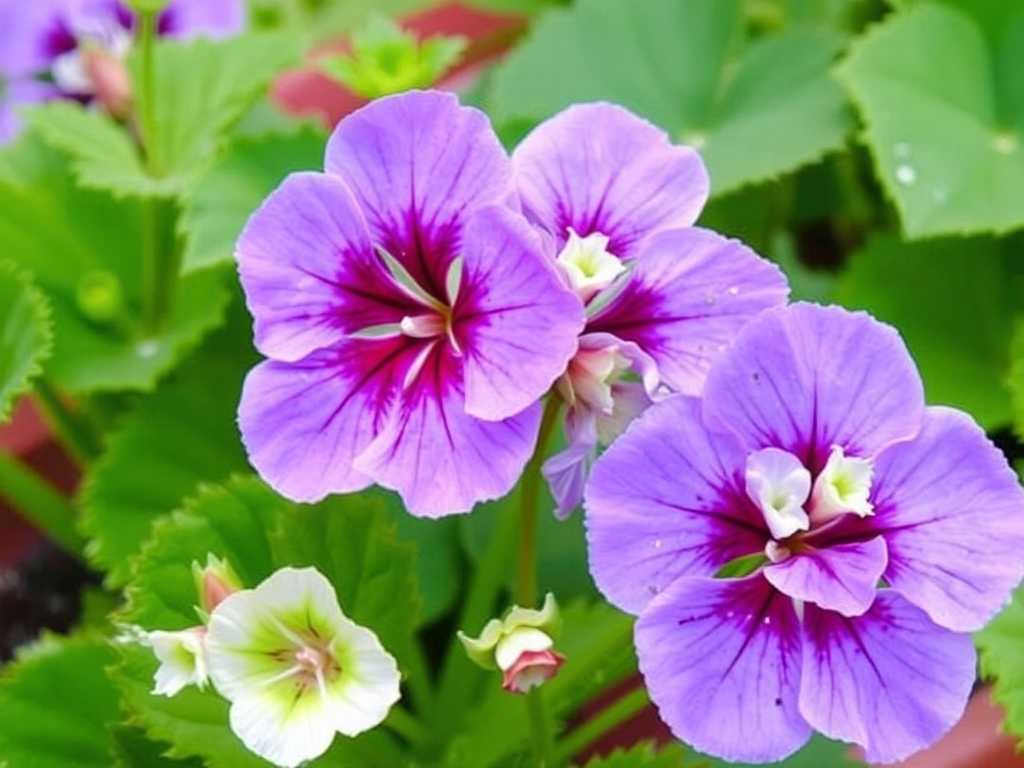
Now let's explore the specific needs of big-flowered geranium varieties. These stunning plants, including the popular Martha Washington geraniums, produce enormous flower clusters that can measure up to 5 inches across. Their care requires a bit more attention to detail.
Big-flowered geraniums need consistent moisture during their blooming period, but they're particularly sensitive to overwatering. Use your finger to test the soil moisture regularly. When watering, aim for the soil rather than wetting the leaves, as this can help prevent fungal diseases.
Feeding is crucial for these heavy bloomers. Use a balanced, water-soluble fertilizer every two weeks during the growing season. Look for a formula with equal parts nitrogen, phosphorus, and potassium to support both foliage and flower production. Some gardeners swear by adding a bloom-boosting fertilizer high in phosphorus when buds begin to form.
Pruning big-flowered geraniums encourages more blooms and prevents leggy growth. Regularly deadhead spent flowers by pinching them off at the base of the stem. This redirects energy into producing new blooms rather than setting seeds. For bushier plants, pinch back the growing tips occasionally.
Small-flowered geraniums, including many zonal and scented varieties, are generally easier to care for and bloom continuously with minimal fuss. These cheerful plants produce numerous small flower clusters that create a carpet of color.

These varieties are more drought-tolerant than their large-flowered cousins. You can allow the soil to dry out more thoroughly between waterings. However, don't let them become completely bone dry, as this will stress the plant and reduce flowering.
Small-flowered geraniums aren't as hungry for nutrients. A monthly feeding with a balanced fertilizer is usually sufficient. Over-fertilizing can lead to excessive leaf growth at the expense of flowers, so watch your plants for signs of too much nitrogen, such as dark green, lush foliage with few blooms.
One of the joys of small-flowered geraniums is that they rarely need deadheading. Many modern varieties are self-cleaning, meaning spent flowers drop off naturally. Light trimming to maintain shape is all that's typically required.
Both types benefit from well-draining soil. A quality potting mix with added perlite or vermiculite provides the ideal growing medium. If planting in containers, ensure they have adequate drainage holes. For in-ground planting, consider raising the bed or adding organic matter to improve drainage.
Pest management is similar for both varieties. Watch for common geranium pests like whiteflies, aphids, and spider mites. Regular inspection helps catch problems early. For minor infestations, a strong spray of water or insecticidal soap usually does the trick. Avoid using broad-spectrum pesticides that might harm beneficial insects.
Disease prevention starts with good air circulation. Don't crowd your plants, whether in containers or garden beds. Proper spacing allows air to move freely around leaves and stems, reducing the risk of fungal diseases like botrytis and powdery mildew.
Winter care differs depending on your climate. In frost-free regions, geraniums can remain outdoors year-round. In colder areas, you can bring plants indoors before the first frost. Reduce watering during winter months when growth slows. Alternatively, you can take cuttings in late summer to propagate new plants for the following season.
Propagating geraniums from stem cuttings is surprisingly easy. Take 4-6 inch cuttings from healthy, non-flowering stems. Remove the lower leaves and dip the cut end in rooting hormone before planting in moist potting mix. Keep the soil lightly moist until roots develop, which usually takes 3-4 weeks.
Understanding the seasonal needs of your geraniums will help them thrive year after year. Spring is the time for repotting, pruning, and resuming regular feeding as growth accelerates. Summer requires consistent watering and deadheading. In fall, prepare plants for winter, and during winter, reduce care to match their dormant period.
Troubleshooting common problems is part of geranium care. Yellow leaves often indicate overwatering, while brown, crispy edges suggest underwatering. Lack of flowers usually means insufficient light or too much nitrogen. Leggy growth signals the need for more light or pruning.
With proper attention to their specific needs, both big-flowered and small-flowered geraniums will reward you with beautiful blooms throughout the growing season. The key is observing your plants and adjusting care as needed. Happy gardening!
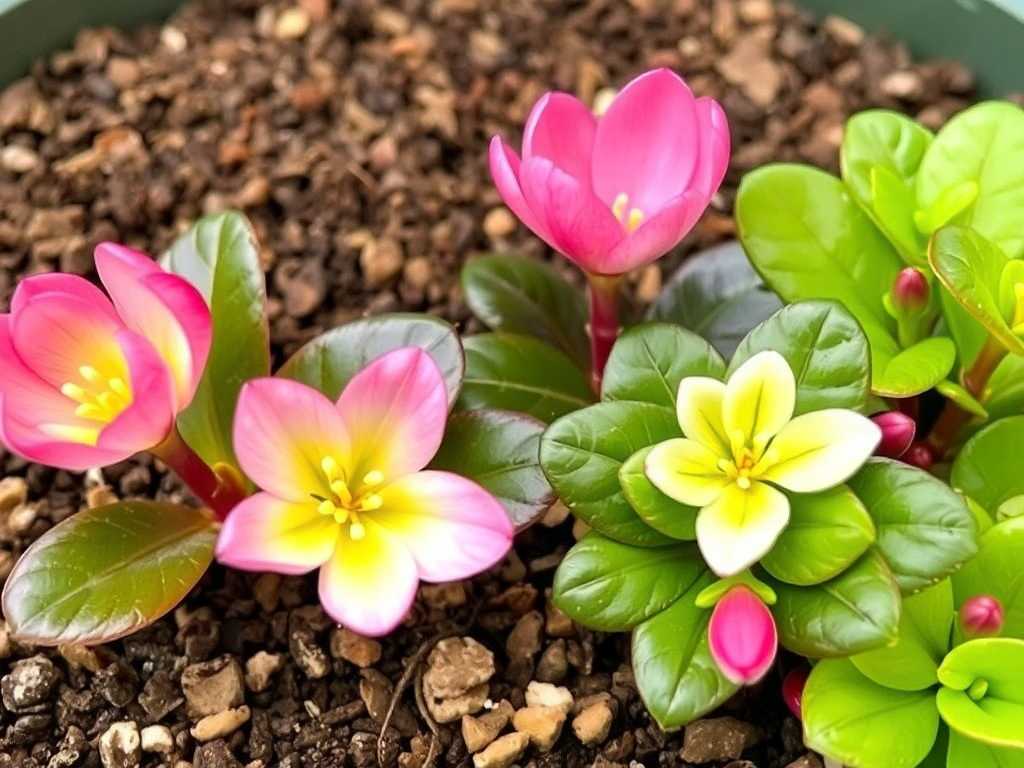
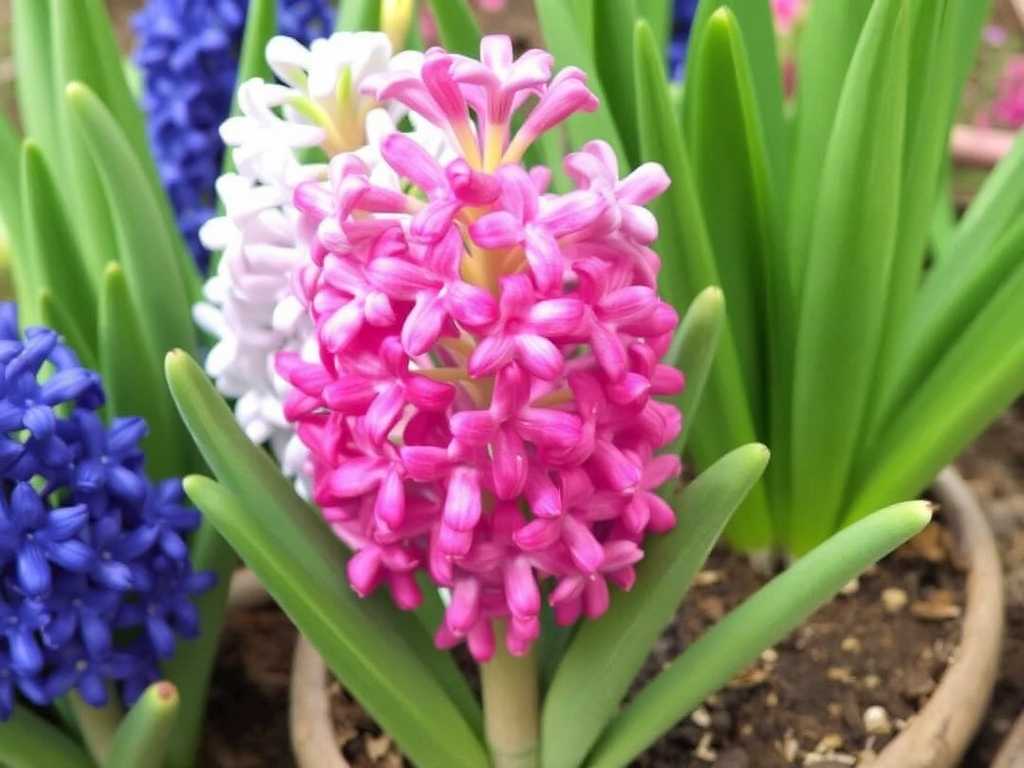
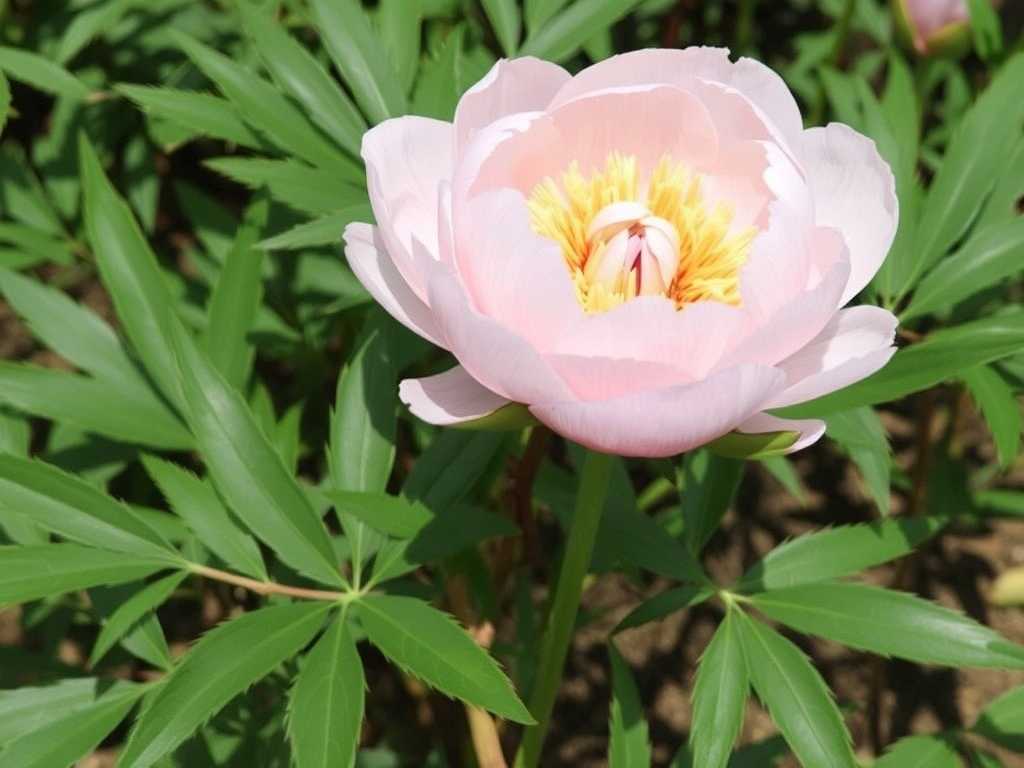

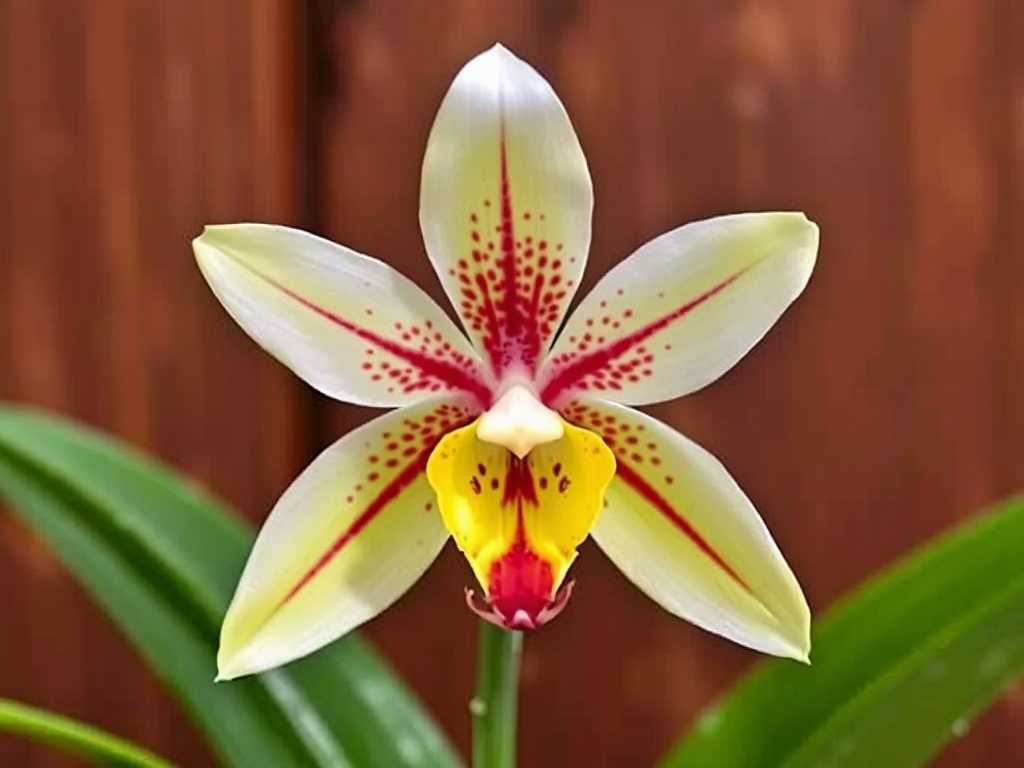
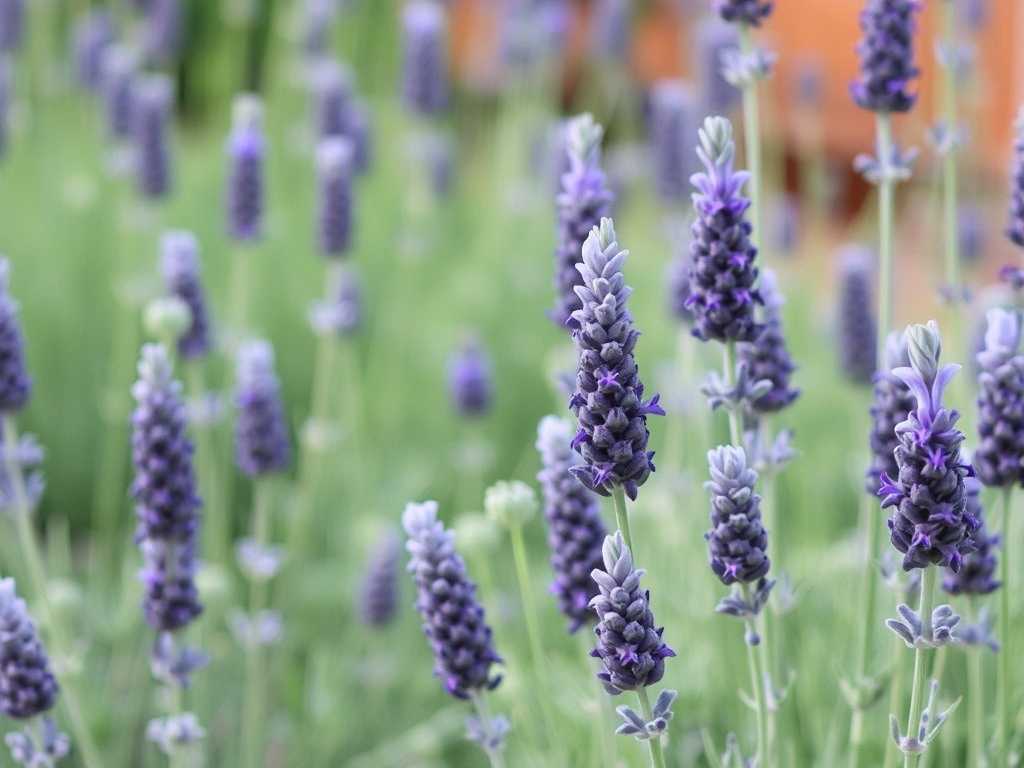
发表评论